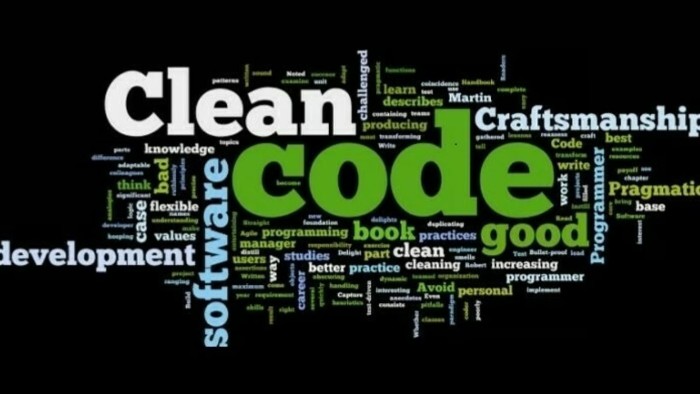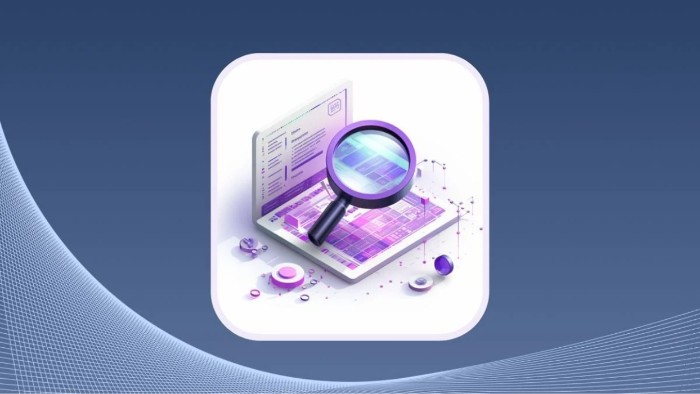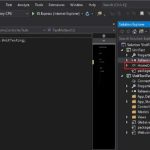Writing Clean Code Best Practices and Principles

Writing clean code is a fundamental skill for every software developer. Clean code not only makes your codebase more maintainable and easier to understand but also fosters collaboration among team members. In this comprehensive article, we will explore what clean code is, why it’s important, and provide you with a set of best practices and principles to help you write clean and maintainable code.
What is Clean Code?
Clean code is code that is easy to read, easy to understand, and easy to modify. It is devoid of unnecessary complexity, redundancy, and confusion. Clean code follows a set of conventions and best practices that make it more consistent, allowing multiple developers to work on the same project seamlessly.
Why is Clean Code Important?
- Readability: Clean code is easy to read, meaning anyone, including your future self, can understand it quickly. This reduces the time required to grasp the code’s functionality, leading to faster development and debugging.
- Maintainability: Code is read more often than it is written. Clean code is easier to maintain and extend over time, which is crucial as projects evolve and grow.
- Collaboration: Clean code encourages collaboration by making it easier for team members to work on the codebase effectively, allowing tasks to be divided and worked on simultaneously.
- Bug Reduction: Clean code reduces the likelihood of introducing bugs, as code that is difficult to understand is more prone to errors during modifications or enhancements.
- Efficiency: Clean code typically runs faster and uses fewer resources because it avoids unnecessary operations and complexity.
Best Practices and Principles for Writing Clean Code
- Meaningful Variable and Function Names
Use descriptive names for variables, functions, classes, and other identifiers. A well-chosen name can convey the purpose of the entity, making the code more understandable. Avoid single-letter variable names or cryptic abbreviations.
# Bad variable name
x = 5# Good variable name
total_score = 5
- Keep Functions and Methods Short
Functions and methods should be concise and focused on a single task. The Single Responsibility Principle (SRP) states that a function should do one thing and do it well. Shorter functions are easier to understand, test, and maintain. If a function becomes too long or complex, consider breaking it down into smaller, more manageable functions.
// Long and complex function
function processUserData(user) {
// Many lines of code...
}// Refactored into smaller functions
function validateUserInput(userInput) {
// Validation logic...
}function saveUserToDatabase(user) {
// Database operation...
}
- Comments and Documentation
Use comments sparingly and make them meaningful. Code should be self-explanatory whenever possible. Documentation, such as inline comments and README files, helps other developers understand your code’s purpose and usage. Document complex algorithms, non-trivial decisions, and public APIs.
# Bad comment
x = x + 1 # Increment x# Good comment
# Calculate the total score by incrementing x
total_score = x + 1
- Consistent Formatting and Indentation
Adhere to a consistent coding style and indentation. This makes the codebase look clean and organized. Most programming languages have community-accepted coding standards (e.g., PEP 8 for Python, eslint for JavaScript) that you should follow. Consistency also applies to naming conventions, spacing, and code structure.
// Inconsistent formatting
if(condition){
doSomething();
} else {
doSomethingElse();
}// Consistent formatting
if (condition) {
doSomething();
} else {
doSomethingElse();
}
- DRY (Don’t Repeat Yourself) Principle
Avoid duplicating code. Repeated code is harder to maintain and increases the risk of inconsistencies. Extract common functionality into functions, methods, or classes to promote code reusability. When you need to make a change, you’ll only need to do it in one place.
function calculateItemPrice(quantity, price) {
return quantity * price;
}const bookTotalPrice = calculateItemPrice(3, 25);
const laptopTotalPrice = calculateItemPrice(2, 800);
- Use Meaningful Whitespace
Properly format your code with spaces and line breaks to enhance readability. Use whitespace to separate logical sections of your code, making it easier to scan and reducing the cognitive load on readers.
// Poor use of whitespace
const sum=function(a,b){return a+b;}// Improved use of whitespace
const sum = function (a, b) {
return a + b;
}
- Error Handling
Handle errors gracefully. Use appropriate try-catch blocks or error-handling mechanisms in your code. This prevents unexpected crashes and provides valuable information for debugging. Avoid suppressing errors or simply logging them without a proper response.
try {
result = divide(x, y);
} catch (error) {
if (error instanceof ZeroDivisionError) {
console.error("Division by zero error:", error.message);
} else {
console.error("An unexpected error occurred:", error.message);
}
}
Writing Clean Code Best Practices and Principles
- Testing
Write unit tests to verify your code’s correctness. Test-driven development (TDD) can help you write cleaner code by forcing you to consider edge cases and expected behavior upfront. Well-tested code is more reliable and easier to refactor.
// Example using JavaScript and the Jest testing framework
test('addition works correctly', () => {
expect(add(2, 3)).toBe(5);
expect(add(-1, 1)).toBe(0);
expect(add(0, 0)).toBe(0);
});
- Refactoring
Refactor your code regularly. As requirements change and your understanding of the problem domain deepens, adjust your code accordingly. Refactoring helps maintain clean code as the project evolves. Don’t be afraid to revisit and improve existing code when necessary.
function calculateTotalPrice(cartItems, discountPercentage) {
if (discountPercentage < 0 || discountPercentage > 100) {
throw new Error("Discount percentage must be between 0 and 100.");
}let totalPrice = 0;
for (const item of cartItems) {
totalPrice += item.price;
}const discountAmount = (totalPrice * discountPercentage) / 100;
return totalPrice - discountAmount;
}
- Version Control
Use version control systems like Git to track changes to your code. This allows you to collaborate effectively with team members, revert to previous versions if necessary, and maintain a clean history of your project’s development. Git provides tools for code review, branching, and merging, facilitating collaboration and code cleanliness.
Conclusion
Writing clean code is not just about following a set of rules but also about adopting a mindset and discipline. It’s about creating software that is easy to read, maintain, and extend. By following these best practices and principles, you can become a more proficient developer who produces high-quality code. Investing time in meticulously examining fellow engineers’ codebases, particularly in open-source projects, can be an enlightening experience. Through this exploration, you gain invaluable insights into diverse coding styles and strategies. This exposure enables you to distill the essence of writing pristine, sustainable codebases. Remember that clean code is a continuous journey, and with practice, it becomes second nature, leading to more efficient and enjoyable software development.


